Exploring Baltic Fossil Amber Insect Inclusions : A Glimpse into 40 Million Years of Insect Life
The primary source of Baltic fossil amber was the ancient forests that thrived in the region. Among the key species contributing to amber production were the pseudolarix pine and various coniferous trees. These trees went through a process of resin secretion, whereby the sap, thickened and viscous, was released in response to injury or environmental stress. Eventually, this resin would become fossilized amber. Notably, the chemical composition of Baltic amber, predominantly composed of succinic acid, played a crucial role in its durability and the unique characteristics that set it apart from amber found in other locations.
The preservation of insects and organic matter within the amber is a remarkable phenomenon. Insects, small animals, and plant material became trapped in the resin, effectively encasing them in a time capsule, thus allowing for their excellent preservation. The ideal environmental conditions—warm and humid climates, along with the dense forest cover—contributed to the significant entrapment of diverse life forms, ranging from insects to plant fragments. Over millions of years, the ongoing geological processes, including sedimentation and a change in sea levels, aided in the solidification and concentration of this natural treasure.
As a result, Baltic fossil amber insect inclusions serve as an incredible resource for scientists and researchers, providing invaluable insights into the ecosystems of the past and the evolution of life forms over millions of years.
Diversity of Insect Inclusions in Baltic Amber
Baltic amber, renowned for its remarkable preservation, provides an invaluable window into the ecological dynamics of the Eocene epoch, a period spanning approximately 40 million years ago. One of the most captivating aspects of this ancient resin is the diversity of insect inclusions it harbours. Within its golden depths, researchers have identified a plethora of insects, primarily from the Diptera family, which includes true flies and fungus gnats. These specimens serve as critical indicators of past environments, showcasing the variety of life that flourished during that era.
In addition to Diptera, Baltic amber encompasses a wide range of other insect species, each contributing to our understanding of ancient ecosystems. The captivating nature of these inclusions lies not only in their variety but also in their exceptional preservation. When examined under the microscope, many of these specimens reveal intricate details that can be studied to gather insights into their biology, behaviour, and interactions within their habitats. This level of preservation is unparalleled, allowing scientists to piece together the ecological tapestry of the time.
Amber insect inclusions have become a saught after item and makes an ideal gift.

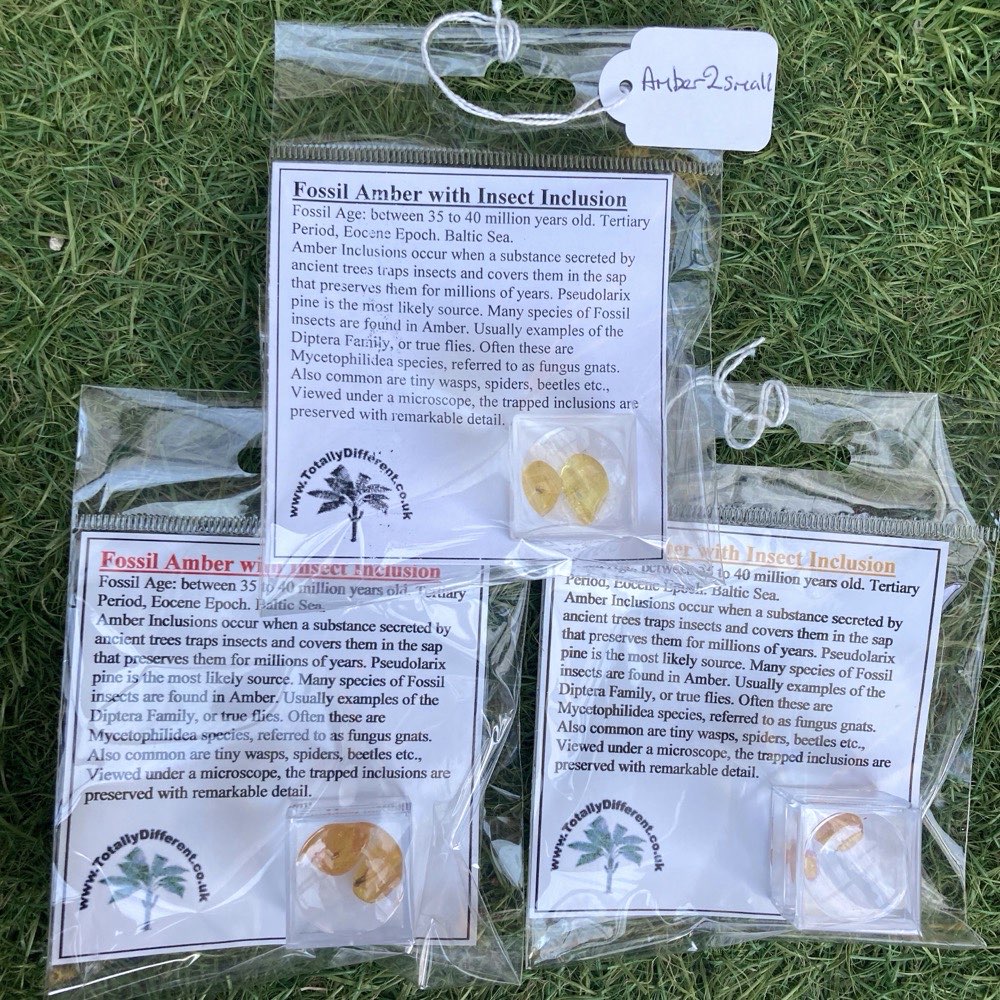






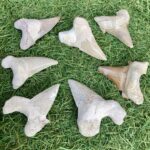
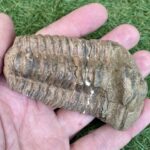
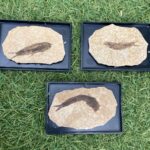
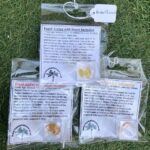
Reviews
There are no reviews yet.